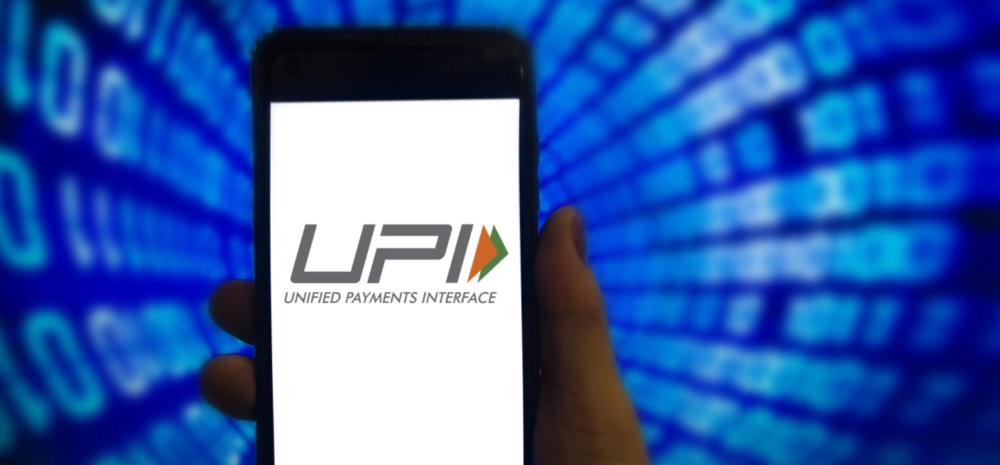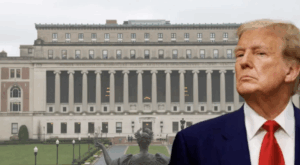Unified Payments Interface (UPI), India’s most popular digital payment method, may no longer remain free. The Payments Council of India (PCI) has formally proposed reintroducing the Merchant Discount Rate (MDR) on UPI and RuPay transactions, citing financial sustainability concerns due to reduced government subsidies.

What Is UPI and Why Was It Free?
UPI is a real-time payment system that enables instant interbank transactions. To promote digital adoption, the government removed MDR charges on UPI and RuPay transactions in January 2020. Since then, banks and payment providers like PhonePe, Paytm, and Google Pay have been processing these transactions without fees, partially supported by government subsidies.
The Proposal to Reintroduce MDR
The PCI, representing 180 non-banking payment companies, has urged the government to bring back MDR. The move is supported by the Startup Policy Forum (SPF) and industry leaders who argue that without a sustainable revenue model, maintaining and expanding UPI infrastructure will become challenging.
While the government initially allocated subsidies to cover operational costs, these have been drastically reduced from ₹3,500 crore in FY24 to ₹1,500 crore in FY25. The industry estimates that maintaining UPI services requires around ₹10,000 crore annually.
Understanding MDR
MDR is a fee that merchants pay to banks for processing digital payments. For credit and debit cards, this typically ranges from 1% to 3% of the transaction value. However, UPI and RuPay have had a zero MDR policy since 2020. Under the proposed changes, large merchants may face an MDR of 0.3% on UPI and RuPay transactions.
Why Is the Industry Supporting This Move?
- Sustainability: Payment providers require sustainable revenue to support infrastructure, innovation, and cybersecurity.
- Parity: Bringing UPI and RuPay on par with other payment systems will ensure fair competition.
- Investment in Digital Growth: Continuous investments are necessary to enhance the ecosystem.
Impact on Consumers and Merchants
If MDR is reinstated, merchants may pass on the charges to consumers, leading to increased product prices. Alternatively, some merchants may promote cash transactions to avoid paying fees, potentially slowing down digital adoption.
However, the government could introduce safeguards to ensure only large merchants bear the charges, minimizing the impact on small businesses and consumers.
Conclusion
While the move aims to ensure financial sustainability, careful implementation will be key to balancing digital growth and affordability. As discussions continue, stakeholders will watch closely to see how the government responds to PCI’s proposal.













